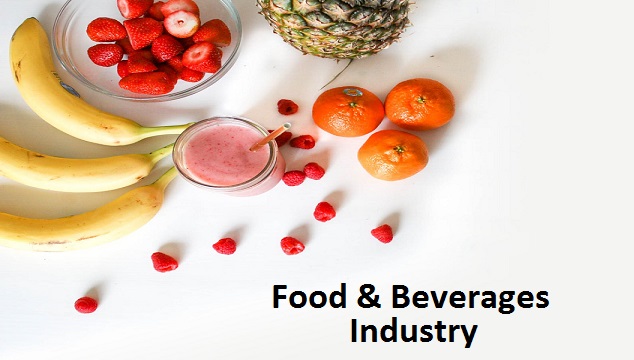FactMR, in its latest business intelligence study, depicts the nuts and bolts of the global fat replacer market. The fat replacer report presents detailed information regarding the drivers, restraints, opportunities and trends affecting fat replacer market growth. Each segment along with its sub-segment is analyzed in terms of value and volume. Further, the fat replacer report elaborates the market behavior of each vendor operating in the fat replacer market.
The fat replacer report considers the following years to present the overall market growth:
- History Year: 2013 – 2017
- Estimated Year: 2017
- Forecast Year: 2018 – 2027
Increased prevalence of obesity cases across the globe has made consumer health conscious. They are preferring different healthy food and beverages that do not contain fat. Manufacturers in food and beverages segment are using products like fat replacers that are lipid-based, protein-based and carbohydrate-based. Fat replacers are basically not sufficient to meet the essential attributes of food. Manufacturers are using fat replacers in combination with certain other reduced fat products. Generally, fat replacers are the reformulations of the food ingredients that have been previously used.
Advanced Technology Employed To Create New Formulations
Major stake holders are introducing new formulations in fat replacer market with help of advanced technologies to enhance its brand recognition. Different food products including cookies, frozen desserts, chips, salad dressings and ice-creams use fat replacers in their production. Manufacturers are introducing new products that contain fat replacers and are fat based. These new products judiciously combine fat and oil and are used in manufacture of several food products like snack food and bakery goods. There are many low fat replacer containing products that are waiting to get necessary approvals form concerned central authorities.
You can Request an Example Copy from here – https://www.factmr.com/connectus/sample?flag=S&rep_id=1514
Fat replacers are used in dairy products. Butter fat is getting replaced with vegetable fat owing to its positive attributes including cost-effectiveness and positive health impact. Stake holders are focused to improve fat replacers in terms of taste and quality for making them suitable for dairy products. These developments in fat replacers are being carried on the backdrop of accelerated demand for dairy products that are fat-free and great in taste. Quality milk fat replacers based on vegetable fats are in demand and have become a trend. These fat replacers are employed in making different food items like cheese, whipping cream and butter. Cost-effectiveness of these fat replacer-based products make these items a popular choice in different developing economies.






